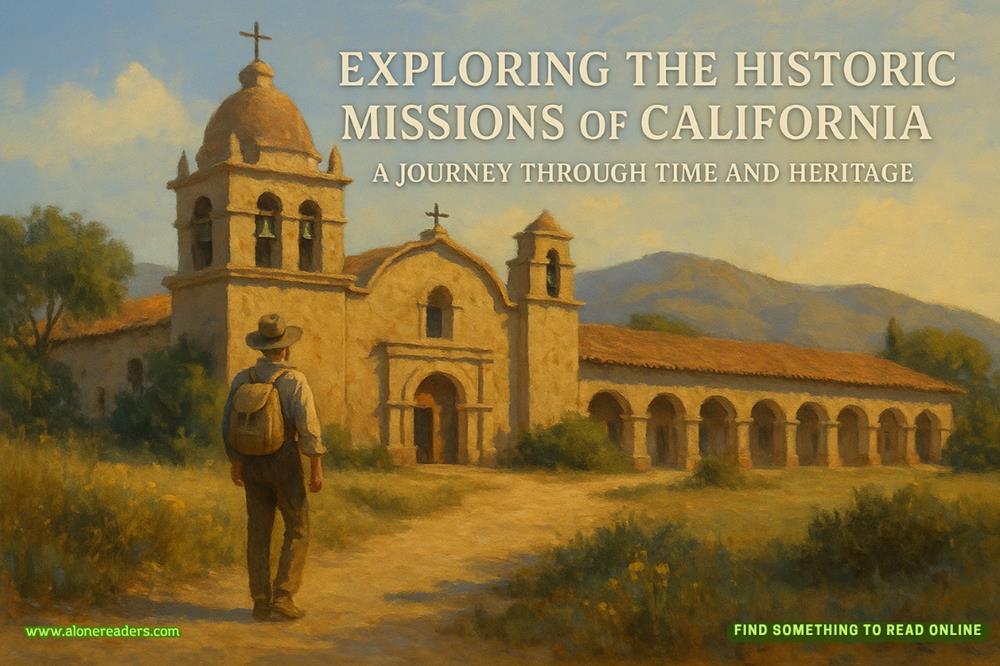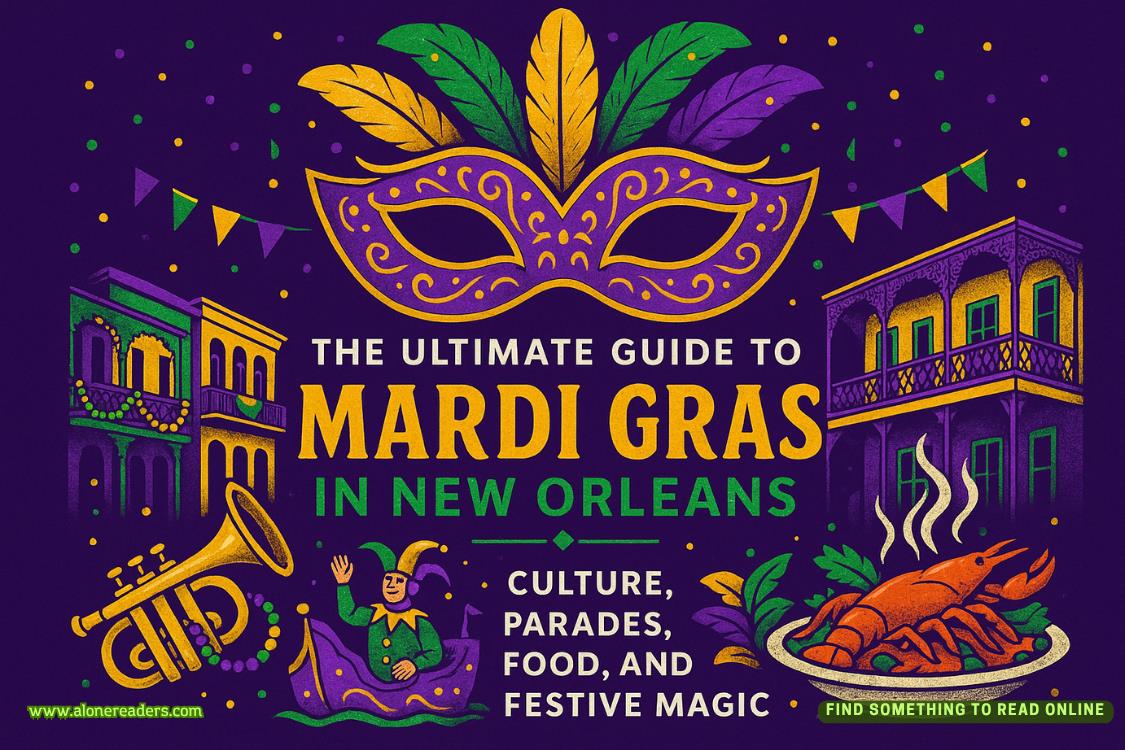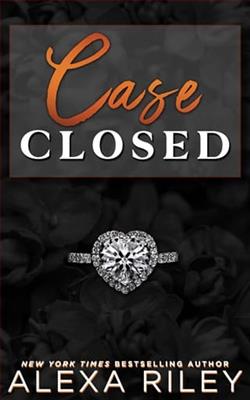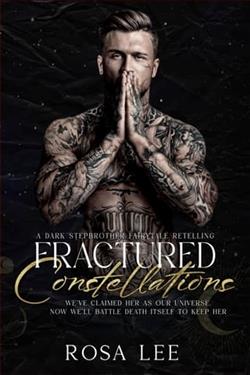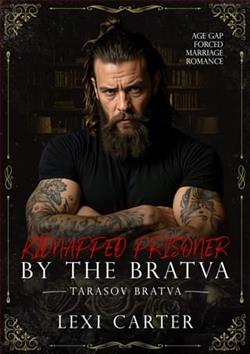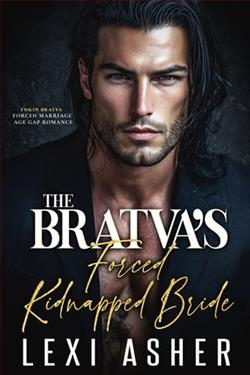Page 45 of The Furies
But there it was, that little hint of evasion.
“Just coins?”
She tilted her head.
“You are good, aren’t you?” she said.
“I’ve had practice.”
“At picking up on what’s unsaid?”
“That, and knowing when someone wants to finish a tale but is worried about how it might sound, or make them appear.”
“I’ve got no concerns about the second part.”
“What about the first?”
“Some,” she conceded. “And it wasn’t ‘just’ coins.”
“I’m not following you. You mean they stole other items as well?”
“No.” She practically grimaced with frustration. “Look, the majority were coins as you or I would understand the term—you know, gold or silver, Roman or Greek, the kind you’d find behind glass in a collection—but one wasn’t.”
“What was it, then?”
She shifted uneasily on her feet. We were closing in on the truth, or some rendering of it.
“It was Celtic,” she said, “made of potin, from before the time of Christ. The coin was discovered in Essex, but may have come from elsewhere in the British Isles, or may not even have been minted there at all. It’s hard to say, because it doesn’t look like anything else from that time or place.”
“What’s potin?”
“It’s a mixture of copper and tin, sometimes with lead thrown in.”
“Valuable?”
“Sure, to a museum or the right collector. The guy down in Athens wanted it very badly, which was why he put up the Indian coin as a lure, and helped Egon and Raum target the bogeyman. You see, this particular potin coin was very special, even if it didn’t look like it to me, not at first.”
“You saw it?”
“Yes,” she said, but she sounded tense.
“What was so unusual about it?”
She smoothed her apron while she debated what to share and what to exclude. There could only be two reasons for evasion: either she was scared, or she was trying to throw me off the scent. I thought the former was more likely, but that didn’t entirely preclude the latter.
“Look,” she said, “early British coins are fairly standardized. From what Egon has told me, they’re based on gold and silver staters introduced to the British Isles by traders from Gaul, because you imitate what you see, right? That’s why some of the first British coins had representations of Philip of Macedon on one side, for example, and a charioteer on the other. But then, as you go on, you find the coins becoming more distinctive, some with images of creatures, real and imaginary, like little works of art. It could be that the local shaman or chieftain might have been smoking something strong and had a vision, so that was what he wanted put on his coins. It makes them interesting, periodically unique.”
“And what was on the coin Egon showed you?” I asked.
“A beast,” she said. “Or more correctly, a demon.”
4
I grabbed a pile of dust, and holding it up, foolishly asked for as many birthdays as the grains of dust. I forgot to ask that they be years of youth.
—Ovid, Metamorphoses
CHAPTER LIII

